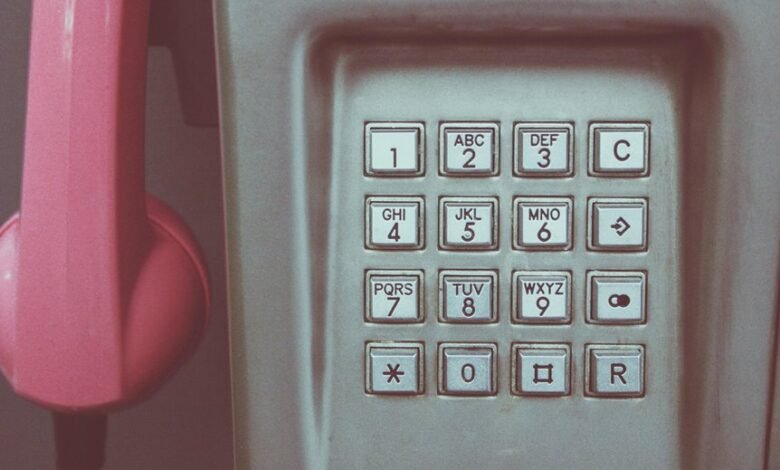Who Called You From 3284132531 3240879391 3510112777 3891820934 3338682483 3895605539

Unknown calls from numbers such as 3284132531, 3240879391, and others can pose a significant privacy concern. Analyzing these calls reveals a pattern often associated with telemarketing or potential scams. Identifying the source of these calls is crucial for personal security. Various tools and techniques exist to assist in this process. Understanding these aspects could help individuals mitigate unwanted disturbances, but the underlying risks remain. What more could these numbers signify?
Understanding the Nature of Unknown Calls
What drives individuals to answer unknown calls? The motivations often stem from curiosity about call origins and the potential for valuable information.
Analyzing caller behavior reveals patterns; some seek connection, while others may exploit vulnerability. This dynamic fosters an environment where personal freedom clashes with caution, as individuals navigate the risks of responding to unfamiliar numbers in pursuit of knowledge or opportunity.
Identifying the Caller: Tips and Tools
How can individuals effectively identify unknown callers?
Utilizing caller ID features is a fundamental first step.
Additionally, employing phone lookup services can provide detailed information about the caller, including their name and location.
These tools empower users with the knowledge to screen calls, thereby enhancing personal autonomy and reducing unwanted disturbances.
Adopting these strategies fosters an informed approach to managing telecommunications.
Common Types of Unsolicited Calls
Unsolicited calls represent a significant nuisance in modern telecommunications, encompassing a variety of types that can disrupt daily life.
Spam call trends include robocalls, phishing attempts, and aggressive telemarketing.
Despite existing telemarketing regulations designed to mitigate these disturbances, compliance remains inconsistent.
Understanding these call types is crucial for individuals seeking to maintain their autonomy and protect their privacy in an increasingly intrusive communication landscape.
How to Protect Yourself From Unwanted Calls
Many individuals face a relentless barrage of unwanted calls, prompting a need for effective protective measures.
Implementing call blocking features through mobile apps or carrier services can significantly enhance phone privacy. Additionally, enabling settings to screen unknown numbers and registering with national Do Not Call lists can further mitigate disturbances.
These strategies empower users, promoting autonomy over their communication and reducing unsolicited interruptions.
Conclusion
In an age where connectivity is paramount, the intrusion of unknown calls poses a significant threat to personal privacy. While the allure of communication draws individuals closer, the shadow of telemarketing and phishing looms large, creating a stark contrast between engagement and invasion. By utilizing caller identification tools and staying informed about common unsolicited calls, individuals can navigate this landscape with greater autonomy, transforming potential disturbances into manageable interactions that prioritize their security and peace of mind.




